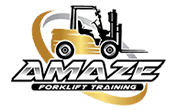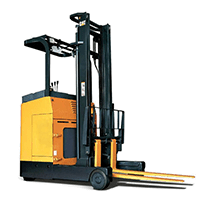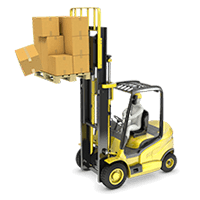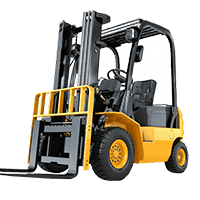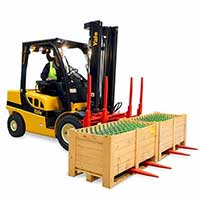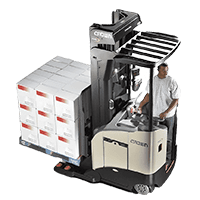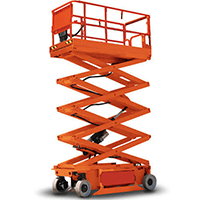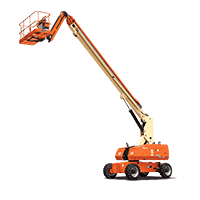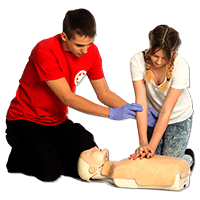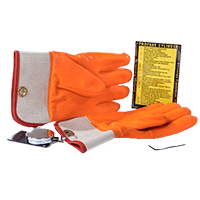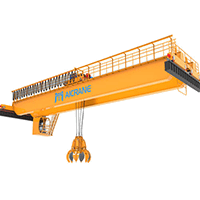Counter Balance Forklift
- Home
- Counter Balance Forklift
Amaze Forklift Training
Counter Balance Forklift
Counter Balance is a common type of forklift engineered to lift heavy loads and move through narrow aisles effortlessly. The heavy counterweight on the back keeps the rear wheels on the ground. The front wheels act as a fulcrum between the counterweight and the load. A typical counterbalance lift truck has a three-point suspension system. It forms the stability triangle base and allows seamless maneuvering on uneven floors. It has a straightforward mechanism. However, accidents can occur due to a lapse in judgment or inexperience. Surveys show that effective training programs improve lift truck operators’ safety and performance by as much as 70%. OSHA requires employers to give proper training to all their lift operators. It also states that only trained and authorized personnel can operate specific equipment.
The Counter Balance Training Program has it all covered. From cursory checks to pre-operational inspections, stocking, loading/unloading, safety compliance etc., our trainers ensure that each trainee is equipped with the knowledge and skill set to control and operate the equipment efficiently.

Duration
Up to 2-4 hours, depending on the participants’ experience levels.
Assessment
A passing grade of 80% is required in order to receive a Counter Balance training certificate.
Completion
Upon successful completion of this course, participants will receive a plastic wallet card for their records.
Still Confused About Our Features? Get A Consultation

Amaze Forklift Training
Course Content
- Basics of the course
- Introduction to relevant Government Legislation
- Responsibilities of employers, supervisors and workers (Working on or around the equipment)
- Understanding of the general safety regulations
- Pre-use inspection procedures
- Load limit and lift capacity
- Basic principles of stability
- Loading and unloading techniques
- Hazard Recognition and Preventive measures
- Propane and battery handling
- Theoretical and practical assessment
